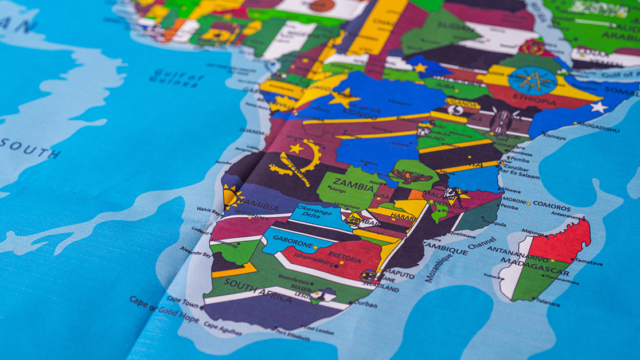A business in the 21st century isn’t complete without considering e-commerce. You’d most likely have bought things online, and if you are thinking of starting a business today, we bet you may have considered starting an online one instead of launching a brick-and-mortar store.
E-commerce has exploded in popularity in the last couple of years. An estimated 2.1 billion people in the world bought things online in 2021, according to Statista. In 2023, cross-border e-commerce is expected to exceed USD 2.1 trillion, up from USD 1.9 trillion the previous year.
What’s with the cross-border e-commerce boom?
- It’s really easy to make international payments. Cryptocurrency and other payment options, including real-time settlement facilitated by bank- and non-bank partnerships, means transactions are completed in seconds.
- Supply chain diversification. Businesses no longer need to rely on specific suppliers. While we still need to consider cost efficiencies, options can minimise disruption and risk.
- Faster shipping options. International trade and treaties are making the world look small.
- High global mobile penetration rate. The world’s merchants are in the palm of a consumer.
The challenges of cross-border e-commerce
- Fraud risks - It is harder to verify the authenticity of buyers and sellers across different countries, increasing the risk of fraudulent activities. Unscrupulous persons may take advantage of payment processing and security loopholes or engage in identity theft. Online payment fraud caused an estimated USD 41 billion in e-commerce losses in 2022. This increases spending and investment in robust fraud detection and preventive systems.
- Digital inequalities - Digital infrastructure and connectivity vary greatly across different regions. About half the world still cannot use the Internet. This lack of access to technology can hinder participation in online transactions.
- Regulatory and policy differences - Differences in import/export restrictions and customs duties affect the movement of goods and service delivery. In addition, differences in taxation systems and governmental policies affect pricing, acceptance and profitability.
3 things to know before starting an e-commerce business
Cross-border e-commerce is an industry full of opportunities and challenges. If you are thinking about starting an e-commerce business, we’ve interviewed experts, scoured the Internet and condensed everything we found into 3 considerations:
- Product: Have well-defined unique selling points to help you influence customers in different countries and demographics. Your products should also be universal if you’re targeting a global audience or at least perfect for your chosen markets. This is important because most countries have items prohibited from entering their borders.
- Presentation: Your e-commerce website must be responsive and scale perfectly on different screen sizes. Keep the site SEO-optimised for searches, page load, and content to reel in prospects and drive conversions. Have the necessary technological and technical know-how to drive your e-commerce trade. Ensure the cost of such technologies will maintain your profitability.
- People: You have to consider if you have a team that can support your effort. This might warrant outsourcing certain parts of your business process. However, you must balance this with a long-term goal, whether keeping a process in-house or outsourcing it over 10 years.
More questions to ask yourself before taking your business online
- Who are my customers by default, and who can I add to this list?
The right answer to this question is important because it will present a path you should focus on. To get answers to this question, analyse web traffic. Web traffic will give you a clue to the personas interested in your product. Consistent traffic is a sign of massive curiosity that you can swoop in with your product or service.
- Will I make enough profit to offset costs due to the complexity of meeting the demand for my product?
On identification of the rate of demand for your product or service, you still need to be sure that your expected profit can cater for shipping, regulations and expertise cost. This is to ensure that you don’t incur a loss.
- Can I meet my customers’ expectations?
It is important to provide great customer service to make sure that they will come back again. Be as transparent and helpful as possible - this means no hidden costs, possible free shipping and fast delivery. Almost half of online shoppers said they would not proceed to checkout if there were extra fees, such as shipping and taxes. In addition, more than 20% said they would choose other merchants if the delivery were too slow. If you cannot satisfy any client’s needs due to his location, be quick to recognise it and realistic enough to admit it rather than make core business decisions on the ground of hope.
- What are the international payment solutions available to me?
Do you want to integrate your POS system to accept debit and credit cards, digital wallets, and bank transfers? How about alternative methods like cryptocurrencies or setting up your wallet and credit? Or, cash on delivery service and Buy Now, Pay Later or instalment plans?
Consider whether it is better to set up your team to manage your business payments or outsource it to a third party. Compare the pros and cons of banking and non-banking financial services and see which suits your business.
Failing to plan is planning to fail
Proper planning and strategies give the best chance of success. When it comes to cross-border e-commerce, adopting a sound business plan that meets your profitability goal while appealing to your customers will set you on the right track in the global marketplace.







